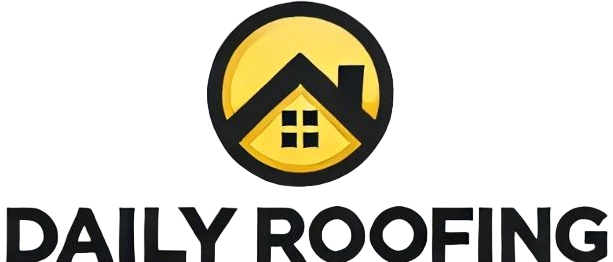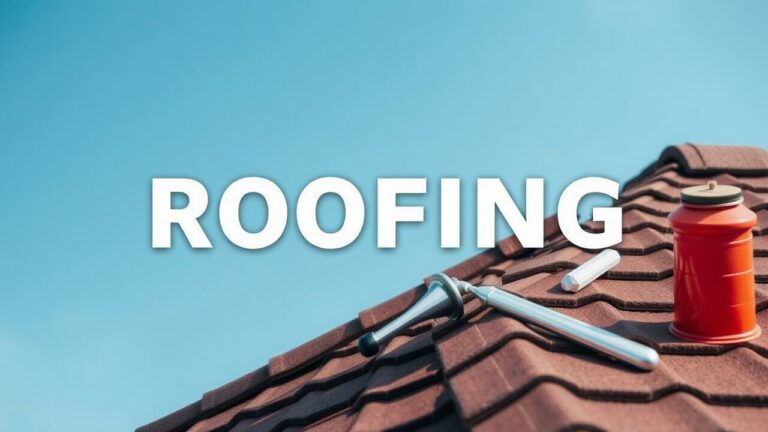Roundup of the Latest Roofing Technology
Virtual Reality Applications in Roof Design
Virtual reality (VR) technology has revolutionized the way roof designs are conceptualized and visualized by architects and roofing professionals. By immersing users in a 3D virtual environment, VR applications offer a realistic and interactive platform for exploring various roofing options and configurations. This innovative tool allows stakeholders to walk through virtual buildings, inspect the roof structures from all angles, and make informed decisions regarding materials, colors, and styles.
Moreover, immersive VR tools enable architects and clients to experience a simulated environment where they can assess the aesthetic appeal, functionality, and overall impact of different roof designs. By providing a more comprehensive understanding of the proposed roofing solutions, VR applications facilitate better communication between all parties involved in the project, leading to improved collaboration and ultimately, more successful roofing designs and installations.
Immersive VR Tools for Architectural Visualization
Immersive virtual reality (VR) tools have revolutionized architectural visualization by offering unprecedented levels of detail and realism. Architects and designers can now explore their projects in a virtual environment, allowing them to navigate through spaces and assess different design elements with exceptional accuracy. This technology enables stakeholders to experience a project before it is physically built, providing valuable insights and enhancing the overall design process.
By using immersive VR tools for architectural visualization, professionals can collaborate more effectively and communicate their vision more clearly with clients. Virtual reality simulations allow stakeholders to walk through a building, examine materials, and experience lighting conditions in a way that was not possible before. This level of interactivity helps to refine design concepts, ensure that all parties are aligned on the project goals, and ultimately leads to more successful and efficient project outcomes.
Nanotechnology Coatings Enhancing Roof Durability
Nanotechnology has revolutionized the roofing industry by introducing advanced coatings that significantly enhance the durability and longevity of roofs. These nanocoatings work at a microscopic level, forming a protective layer that shields roofs from harsh weather conditions, UV radiation, and environmental pollutants. By incorporating self-cleaning properties, nanocoatings reduce maintenance needs, thus extending the lifespan of the roof and preserving its appearance over time.
Reflective nanocoatings are another groundbreaking innovation in roof technology. By reflecting a large portion of sunlight away from the roof’s surface, these coatings help in maintaining a cooler indoor environment, reducing the reliance on air conditioning, and ultimately lowering energy costs. Furthermore, the reflective properties of these nanocoatings contribute to mitigating the urban heat island effect, thereby promoting environmental sustainability in urban areas.
SelfCleaning and Reflective Nanocoatings for Longevity
Self-cleaning and reflective nanocoatings are revolutionizing the roofing industry with their innovative properties that contribute to the longevity and sustainability of roofs. These advanced coatings are designed to repel dirt, dust, and debris, ensuring that the roof remains clean and free from unsightly stains. By preventing the buildup of contaminants, these nanocoatings not only enhance the aesthetic appeal of the roof but also reduce maintenance requirements, ultimately extending the lifespan of the roofing materials.
In addition to their self-cleaning capabilities, reflective nanocoatings play a crucial role in improving the energy efficiency of buildings. By reflecting a significant portion of the solar radiation that strikes the roof, these coatings help in maintaining lower roof temperatures and reducing the heat transfer into the building interior. As a result, cooling loads are reduced, leading to lower energy consumption and decreased utility costs. The combination of self-cleaning and reflective properties makes these nanocoatings a highly attractive option for enhancing the durability and performance of roofs in various environments.
Advances in Thermal Insulation Materials
Advances in thermal insulation materials have revolutionized the roofing industry, offering superior energy efficiency and enhanced performance. Aerogel, a lightweight and highly porous material, is one of the notable innovations in thermal insulation. With its exceptional thermal properties, aerogel effectively minimizes heat transfer, making it an ideal choice for maintaining indoor temperature control in buildings.
Another groundbreaking material making waves in the roofing sector is graphene. Known for its outstanding strength and conductivity, graphene is being integrated into insulation solutions to improve energy efficiency. By leveraging the unique properties of graphene, roofing systems can achieve superior thermal insulation, reducing heat loss and enhancing overall sustainability.
Aerogel and Graphene for Superior Energy Efficiency
Aerogel and graphene are two cutting-edge materials revolutionizing the field of thermal insulation for roofs. Aerogel, also known as “frozen smoke,” is an extremely lightweight material derived from a gel, where the liquid component has been replaced with a gas. Its nanoporous structure makes it an exceptional insulator, as it minimizes heat transfer through conduction. This feature enables buildings to maintain stable indoor temperatures, reducing the need for excessive heating or cooling systems.
On the other hand, graphene, a single layer of carbon atoms arranged in a hexagonal lattice, boasts remarkable thermal and electrical conductivity properties. When integrated into roofing materials, graphene enhances energy efficiency by effectively dispersing heat and maintaining a consistent temperature within the building. Its ultra-thin and lightweight nature makes it an attractive choice for energy-efficient roofing solutions, paving the way for sustainable construction practices that prioritize reduced energy consumption and environmental impact.
Utilizing Big Data for Roofing Project Management
Big data has emerged as a game-changer in the realm of roofing project management. With the ability to gather, analyze, and leverage massive amounts of information, roofing professionals can make more informed decisions throughout the project lifecycle. By harnessing big data analytics, companies can optimize planning, resource allocation, and execution processes to enhance overall efficiency and productivity.
One significant advantage of utilizing big data in roofing project management is its capacity to identify patterns and trends that may not be apparent through traditional methods. By drawing insights from historical data and real-time information, stakeholders can proactively mitigate risks, anticipate project bottlenecks, and implement strategic measures to ensure successful project completion. Moreover, the integration of big data analytics can foster a culture of continuous improvement within roofing organizations, driving innovation and competitiveness in the industry.
Data Analytics for Streamlined Planning and Execution
Data analytics has become a game-changer in the realm of roofing project management, offering unparalleled insights and optimizations for streamlined planning and execution. By harnessing the power of data, roofing professionals can make informed decisions that improve efficiency and enhance project outcomes. Through the analysis of historical data, current trends, and predictive modeling, companies can proactively address potential issues and allocate resources effectively.
Furthermore, data analytics enable real-time monitoring and decision-making, enabling project managers to adapt quickly to changing circumstances and ensure smooth progress. By leveraging advanced algorithms and machine learning capabilities, roofing companies can enhance their project workflows and minimize delays. The integration of data analytics into roofing project management not only drives operational efficiency but also enhances transparency and accountability throughout the project lifecycle.
FAQS
How can virtual reality be used in roof design?
Virtual reality applications can provide a 3D immersive experience for architects and clients to visualize the roof design before it is implemented, enabling better decision-making and design refinement.
What are nanotechnology coatings and how do they enhance roof durability?
Nanotechnology coatings are advanced materials applied to roofs to provide self-cleaning properties and reflectivity, enhancing longevity by protecting against environmental factors such as UV rays and pollution.
What are some examples of thermal insulation materials advancing in roofing technology?
Aerogel and graphene are two examples of thermal insulation materials that offer superior energy efficiency by providing high levels of insulation without adding excessive weight to the roof structure.
How can big data be utilized in roofing project management?
Big data analytics can be used for streamlined planning and execution of roofing projects by analyzing data on materials, costs, timelines, and resources to optimize project management processes and improve overall efficiency.
How are immersive VR tools different from traditional architectural visualization methods?
Immersive VR tools provide a more interactive and realistic experience for users to explore and interact with roof designs in a virtual environment, enhancing collaboration and communication among stakeholders in the roofing industry.







